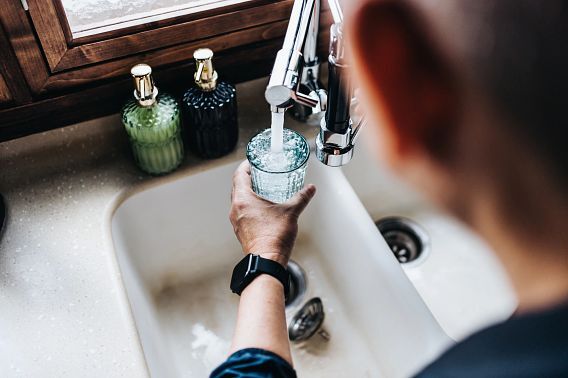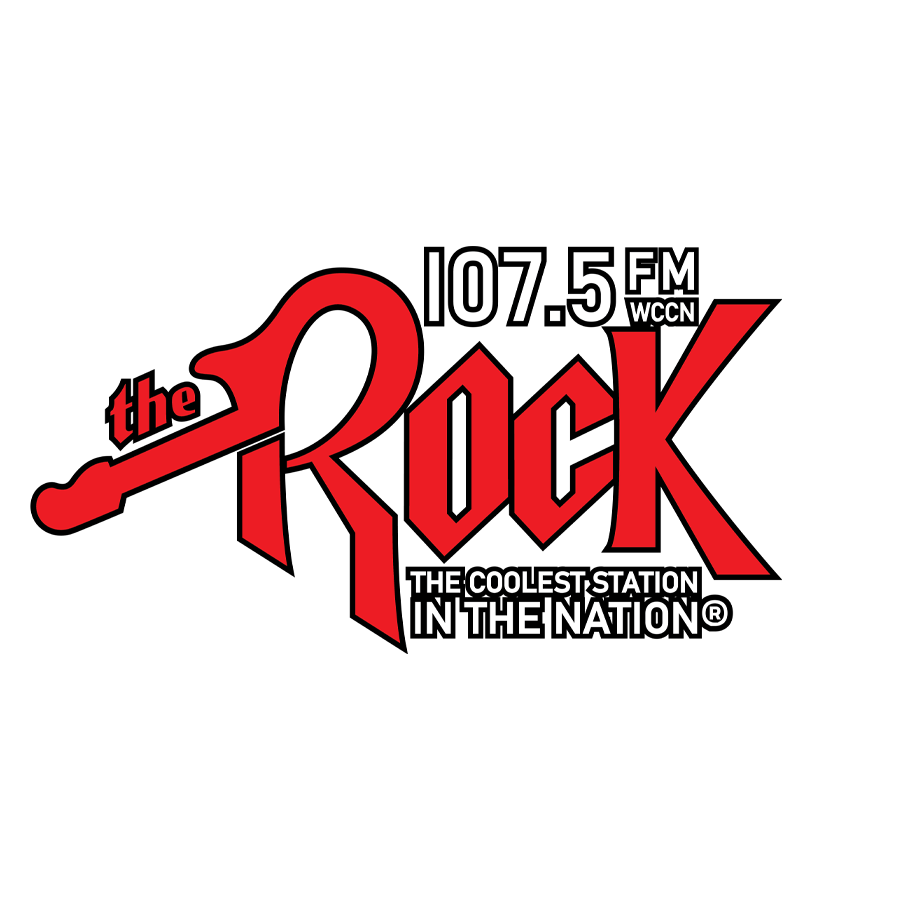Cities Using PFAS Settlement Funds to Resolve Water Issues
Tuesday, September 9th, 2025 -- 8:01 AM

(Joe Schulz, Wisconsin Public Radio) The city of Eau Claire in western Wisconsin had to shut down nearly half of its wells in 2021 after finding “forever chemicals” in its water supply.
According to Joe Schulz with Wisconsin Public Radio, the wells are close to the Chippewa Valley Regional Airport, where fire fighting foams containing PFAS, or perfluoroalkyl and polyfluoroalkyl substances, had been used, according to the city.
Now, Eau Claire is building a $20 million filtration facility to address the issue, which it expects to open next year. Part of the funding for that project will come from $12 million in settlements the city reached with PFAS manufacturers.
But the settlement dollars the city expects to receive won’t cover the full project, said City Attorney Steve Nick. “I would like to have seen more funds come in from this settlement, but it’s still a substantial settlement,” he said. “The nature of compromise is usually you don’t get everything you’re looking for.”
Cities across the Midwest and Great Plains are in line for millions of settlement dollars meant to help clean up PFAS from their water supplies. The class action settlements with companies like 3M, DuPont and Tyco include hundreds of water systems across the country.
Some cities have started to receive payments already, such as Eau Claire and West Des Moines, Iowa. Others are filing new lawsuits to help pay for removal efforts.
But the settlement dollars often fall short of the costs to eliminate the chemicals, city leaders say. And sometimes that means cities are relying on customers to cover the gaps.
PFAS are man-made chemicals that don’t break down and build up in the environment and the body. They increase risks of health problems like cancer, according to the Centers for Disease Control and Prevention.
Dave Strifling, director of the Water Law & Policy Initiative at Marquette University Law School, said the primary way people ingest PFAS is through drinking water.
He said public water systems are the ones primarily responsible for delivering safe drinking water to their communities. “PFAS tends to pass through our water treatment processes, unless you upgrade them to a whole new level of engineering technology,” Strifling said.
Kyle Burton is the field operations director for the drinking and groundwater program at the Wisconsin Department of Natural Resources. He said there are some proven treatment techniques to remove PFAS from drinking water, but they’re often “very costly.”
“Treatment systems for large communities can be in the tens of millions of dollars to install,” he said. And the communities facing those high costs aren’t responsible for the pollution they’re fighting to keep out of the drinking water, said Christina Murphy, general manager of West Des Moines Water Works.
“It’s absolutely frustrating,” she said. “We’re not responsible for the contamination, yet we’re required to meet the drinking water standards.” The U.S. Environmental Protection Agency will set new drinking water limits for two widely studied PFAS chemicals at 4 parts per trillion, giving water systems until 2031 to comply.
The original deadline was 2029, and the EPA had previously planned to set limits for four more chemicals. Last year, the EPA estimated that between 6 percent and 10 percent of the 66,000 public water systems subject to the rule would have to take action to meet the standards.
Public water systems have taken PFAS manufacturers to court after detecting forever chemicals in their water systems, reaching nationwide class action settlements with the companies totaling more than $12 billion.
The largest is with 3M, which agreed to pay between $10.3 and $12.5 billion. DuPont and its spinoffs, Tyco Fire Products and BASF contributed smaller amounts. In most cases, Strifling said the goal is to use the settlement funds to refit water treatment plants with new PFAS removal technologies.
Feel free to contact us with questions and/or comments.




